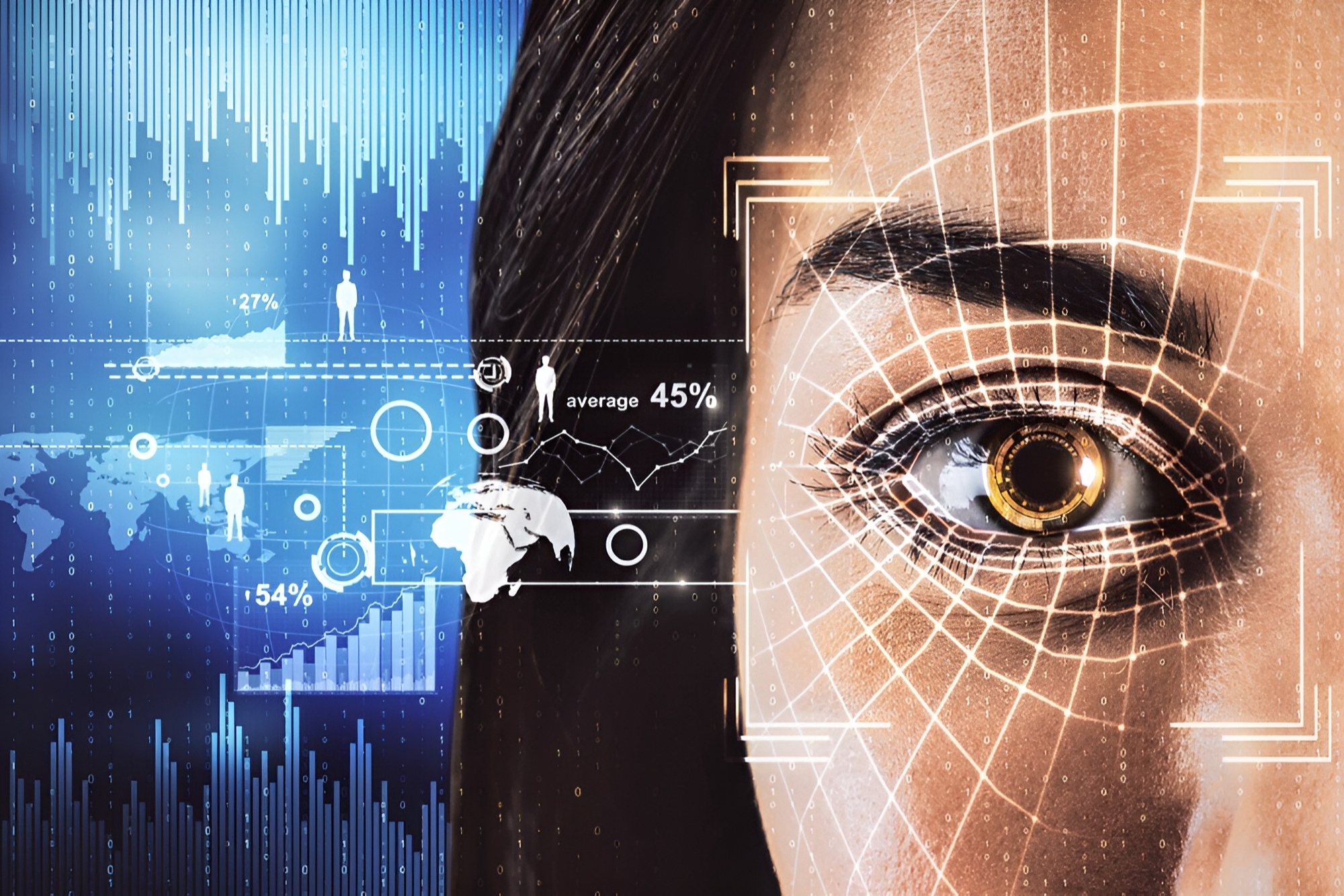Deepfake identification involves detecting videos and images altered using AI and machine learning to create false scenarios of individuals engaging in actions they never actually performed.
As deepfake technology advances, the task of identifying such manipulated media grows more complex, yet it remains vital for upholding trust in digital content.
Key Strategy for Detecting Deepfakes
The primary method for spotting deepfakes involves employing machine learning algorithms trained to distinguish between authentic and manipulated content. These algorithms scrutinize various elements of the media, including inconsistencies in facial expressions, unnatural eye movements, and discrepancies in ambient conditions like lighting and background sounds.
Given that deepfakes are generated using algorithms that may exhibit specific flaws, these models focus on detecting indications of algorithmic manipulation.
Innovative Approach to Uncover Audio Deepfakes
A groundbreaking technique has emerged in the realm of deepfake detection, pioneered by researchers at [ppp1]. This novel method represents a significant leap in combating the increasingly sophisticated landscape of audio deepfakes.
Leveraging AI technology, this approach identifies subtle cues that differentiate genuine human speech from synthetic replicas. It offers a promising solution to recent challenges exemplified by incidents such as the fabricated Joe Biden robocall and the counterfeit Taylor Swift cookware advertisement on Meta.
This advancement arrives at a crucial juncture as artificially generated voices become progressively indistinguishable.
Harnessing Human Vocal Characteristics
The genesis of this innovative detection methodology draws from two primary sources. Initially, it builds upon Klick Labs’ prior exploration of vocal biomarkers for enhancing health-related outcomes. Additionally, it draws inspiration from the depiction of AI in science fiction films like “Blade Runner.”
Researchers honed in on the nuances of human speech, such as breathing patterns and micro-pauses, to craft a technique that utilizes these vocal biomarkers for precise deepfake identification.
Introducing a Novel Detection Paradigm
Yan Fossat, the Senior Vice President of Klick Labs and lead investigator of the study, underscored the efficacy of this approach.
“Our research underscores the potential of employing vocal biomarkers as a fresh approach to flagging deepfakes due to their absence of the natural vitality present in authentic content,” Fossat elucidated. “These subtle cues, imperceptible to the human ear, are now discernible through the synergy of machine learning and vocal biomarkers.”
In-Depth Analysis of Acoustic Patterns
The study titled “Investigation of Deepfake Voice Detection using Speech Pause Patterns: Algorithm Development and Validation,” recently published in the open-access journal JMIR Biomedical Engineering, showcases how vocal biomarkers, in conjunction with machine learning, can accurately differentiate between genuine and manipulated audio content.
Through the analysis of pause metrics from 49 participants with diverse backgrounds and accents, the team achieved an approximate 80 percent accuracy in distinguishing real voices from deepfake replicas.
The Future Landscape of Deepfake Detection
This breakthrough holds particular significance in light of recent voice cloning frauds and regulatory actions like the Federal Communications Commission’s ban on deepfake voices in robocalls. With Meta’s initiative to flag AI-generated content and the looming specter of deepfakes impacting future elections, the urgency for robust detection mechanisms is more pronounced than ever.
Fossat acknowledged the perpetual evolution of deepfake technology and the persistent challenge it poses. “While our study offers a promising antidote to this escalating issue, we acknowledge the imperative to continually enhance our detection capabilities to match the escalating realism of deepfakes,” he remarked.
Klick Labs’ pioneering endeavors underscore the potential of AI and vocal biomarkers in upholding authenticity, emphasizing the imperative of innovation in the face of evolving digital risks. As deepfakes grow more sophisticated, advancing detection technologies remains paramount to safeguarding digital integrity.
In essence, deepfake detection represents a multifaceted endeavor critical for preserving trust in digital content, with far-reaching implications spanning personal credibility to the sanctity of democratic processes.
